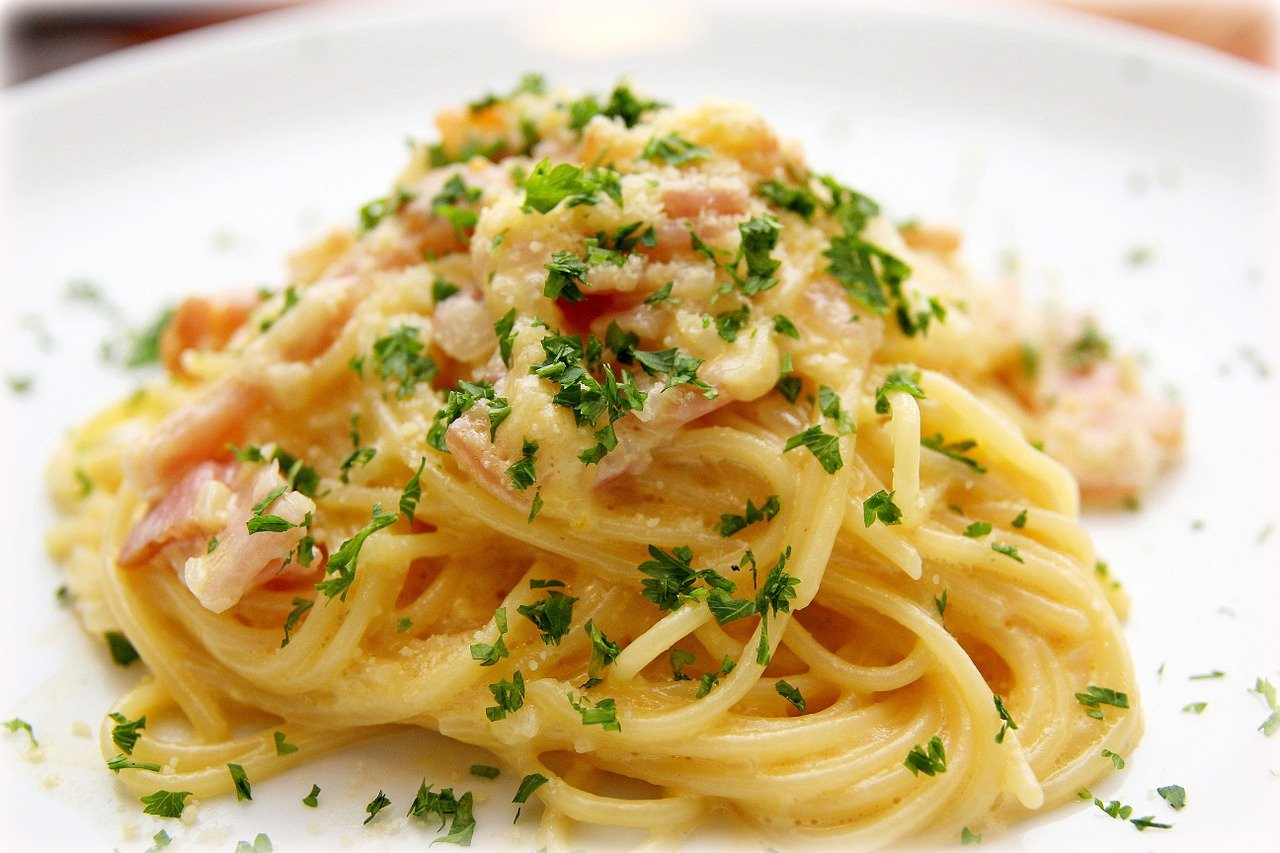
FIND EVERYTHING HERE:

Property Market Remains Resilient
There was a time when everyone was saying that the property market was over and there were no buyers, no sellers, and no investors. Nothing was working and everyone was scared. Since then, however, the property market has shown growth and has today become a very viable and secure market.
In fact, it has been critical to the economic recovery that we have seen over the last few years. Without the banks and building societies having the money to lend, no business could prosper and no banks would be in business. As soon as it became apparent that the Banks were going to have a problem, they pumped which caused the economy to boom. This left confidence in the economy and the banks went hungry as their profits remained to enlarge shiny and tier upon tier of lenders shelfongeDue to this boom and confidence in the market, the banks needed to expand their portfolios and lend to more people to help keep the economy growing. As soon as everyone knew that this situation would occur, people had to move in order to attain their purchases.
Now we all know that credit card use began to increase as people found it so easy to carry around credit cards and make purchases. Soon this started to circulate, as it was the Sarasota home mortgage market that displayed the first sign of growth. It made Sarasota well known to people all over the country, for its investment and conservative market. People liked the idea of investing in Sarasota as they wouldn’t need as much money as they thought they would need. At least they would be safe on their investments. As time went on, more and more people saw the benefits of Sarasota and the Sarasota property market was developing at a rapid pace.
Sarasota was still struggling with its own problems which reared its ugly head in the form of houses foreclosed. These houses were not making the market happy but then again, they were needed to grow in number so that the industry could thrive and there was no stopping it. Then Sarasota’s own selfie was also showing signs of growth as many Sarasota home mortgage companies began to expand their businesses.
Of course, Sarasota Real estate also grows all the time; each year new development is seen. The barrier to growth is of course the Sarasota home mortgage market. But these things never stop. What they actually do is make it a cycle all over again that will eventually result in the Sarasota property market being stronger and stronger from now on.
Sarasota Real Estate Today
As you can see, Sarasota Real Estatedevelopments are taking place at a rapid rate. It is good to note that Sarasota is adjusting itself to being more of a real estate rather than a mere property investment market. Sarasota is developing to become a community that will offer you the convenience of many places combined with the exclusivity of many private homes and communities. Sarasota has a large range of real estate and property you could be looking to purchase including single and multi-family homes, apartments, and condos.
If you had asked ten years ago if there was any place that was sure to be a Sarasota property market boom, I don’t doubt that you would have found an answer. However, if you ask the question, “is there a better property investment today than say ten years ago?” I am almost guaranteed to get a number of different answers. Those answers may all be right, but you will definitely find a different one each and every one of them will be right. They may have different factors on why they think that but even then, a majority will agree to see the benefit of investing in Sarasota and the Sarasota home mortgage industry.
If there was ever a place to buy an investment or home, it would be Sarasota Real Estate. With that said what are you waiting for? Come and join us and let’s make history right here in Sarasota, Florida!

Fruits and Vegetables Season
Most shoppers are aware that there are seasons for various fruits and vegetables, meaning particular times of the year certain food items aren’t just more affordable, they are tastier. While international shipping of produce means that just about any month you can find everything from strawberries to avocados, that doesn’t mean that it’s a good idea to shop regardless of the season.
Local food movements and more environmentally-conscious shopping attempts have led to a renewed interest in shopping for food within the right seasons only. And it is certainly easy enough for anyone to learn what fruits and vegetables should be kept around the house for best results.
But if you find yourself at a loss as to just which fruits and vegetables should be kept around the house, perhaps these lists of which foods are most suited to different seasons can help.
Planning Well In Advance
If you’re looking for certain fruits and vegetables throughout the year, it’s easy enough to keep a lookout for their seasons, but it’s important to plan ahead by at least a few weeks. Take a moment to review which fruits and vegetables are in plentiful supply, and then refresh yourself with a list of which fruits and vegetables should be in season in the near future, according to your needs. It’s always a good idea to take a peek at the current hottest season crops, as soon as you can.
If you’re trying to avoid spoilage, then it’s useful to have a good idea of what vegetables are the most likely to turn bad, too.
Takestock: Coconut oil, for example, is highly coveted because it has been valued for its longevity and found in certain coconut sects. How long it will last is not important, and the more environmentally friendly alternative liquid palm is just as prized. If you’re wanting to keep the oil for next to nothing, then a little spoilage shouldn’t hurt you.
The BigThree: Beef, Asparagus, and Ham
As you would expect, beef tends to be the biggie in terms of protein, and with the global population set to rise to a staggering 9 billion by 2050, there will indeed be a need for a lot more beef. However, the other two commodities also have a large appetite for beef, and with the world population expanding to nearly all of the countries in the world there will undoubtedly be a need for far more beef as well as significantly more eggs and eggs and Lotsof Meat. The world average for meat production is already 20 lb. per animal, and is projected to drop to 17.5 lb. by 2015-15.
In order to accommodate the need for significantly more meat and eggs the market economically addicted!
The world average for meat production is already 20 lb. per animal, and is projected to drop to 17.5 lb. by 2015-15.
In order to accommodate the need for beef and eggs the world average for meat production is already 50 lbs. per animal, and is projected to rise to 60 lbs. by 2017-2022.
Meat production is known to be the most striking example of economies of scale application to agriculture. Beef is by far the most common meat in the world. And by definition, there is no universally accepted method of certified organic meat production. All things are possible when there is a will to succeed.
Applying the Method
The overwhelming primary objective of certified organic meat production is to preserve the ecosystem. Biomech is the primary method of certified organic meat production. It is a holistic sustainable approach that recognizes the ecological processes of ecosystems and balances them using ecological services as well as protecting the biodiversity of plants, animals, and people.
Infectious organisms can’t survive on organic farms. Organic farming is also inherently sustainable which ensures that future generations will be able to enjoy untainted enjoyment of the present organic crops. Organic farms are monitored at the soil, weather, and water levels to be sure that nutrients and water are properly protected. The mixed-grasses and herbal varieties are grown to be beneficial in providing nutrients to the soil, plants, animals, and people.
Organic meat is the most widely available certified organic product on the market. But like any good product, there are only certain kinds of certified organic meat available. Only organic animals can be used for the production of organic meat.

Most Affected Business During Pandemic
As the name of the article suggests, the most affected business during a pandemic is that of the Small Business. In this recent Corona Virus pandemic, there have been a number of companies that have either closed or downsized. The most affected business during a pandemic may be that of the small company owner. Small business owners who have not been keeping up on the latest news are caught off guard by the fact that they suddenly find themselves having to deal with a pandemic.
In addition to being forced to deal with an outbreak, a small business owner is also faced with the problem of paying the employees. Normally, when an outbreak occurs, the cost of hiring new employees, plus any payroll taxes, insurance claims, etc., would take up most of the small business’s operating budget. If the small business owner is forced to hire temporary employees, this cost will increase expenses even further. Because of all these factors, a lot of times, the owner is forced to cut back on some of their non-business related expenses such as vacations and gifts for the staff.
Another challenge faced by a lot of small business owners is the issue of waste disposal. Before the outbreak, it used to be common practice for businesses to dispose of used needles and other medical products in a sanitary way. Now, because of the increased use of disposable medical equipment, it is necessary to segregate these materials and dispose of them properly. Having to implement special waste disposal protocols can greatly increase operating costs.
As mentioned before, companies are also faced with the expense of transportation, lodging, and accommodations for their employees during a pandemic. This, obviously, will increase travel costs. Add to this, and there is the cost of meals. How much more if you have a few business partners who come over to help out? This will multiply the expenses. The best-case scenario is to stay put, at least till the outbreak subsides.
Another problem faced by a lot of businesses is the loss of productivity due to reduced productivity. If employees are absent, there is less work for the customers. There may be no customers available to sell products at all. The best thing to do to minimize the loss of revenue is to ensure that there is sufficient staff, working on the day shifts.
Even though a business owner has a good number of staff, there are still chances of work-related accidents and illnesses. For one, some of them may have received the virus which will automatically cause illness. On another hand, their colleagues may have been uninfected but have become ill themselves. All this leads to a waste of money and productivity.
The worst possible scenario for any business is to close down. That would mean a huge financial loss. Not only does close down incur a lot of expenses, but it also halts the flow of new customers. Hence, it is important to ensure that your business is able to operate normally well even when hit by a catastrophe.
The key to surviving the most infected period is a steady recovery that starts well in advance of the outbreak. If you start building your supply line early, you can increase your customer base in no time at all. The best way to do this is to create a customer loyalty program. Offer customers special deals, discounts, or cashback if they purchase from your business within a specific period. This will not only help you survive the most infected phase, but it will also help you gain a firm foothold in the normal business cycle. This will result in more sales, more customers, and ultimately, a more stable business.

What Makes Italian Food Special?
What makes Italian food special? It’s probably not a question that has even crossed your mind, but if it has, you’ve probably been led to believe that the answer is quite simple. After all, who doesn’t know that pizza and pasta are some of the most popular foods in Italy? Besides, a good meal isn’t complete without the most famous ingredient: pasta. From this base, entire Italian cuisines were born and have flourished even today.
One of the most popular foods in Italian cuisine is pasta. Even today, when pasta is considered a delicacy, there are many who will try anyway to make it themselves at home. However, even with this popular dish, there are several other ingredients that make up the true essence of Italian food. And one of these ingredients is the tortellini. Tortellini is the egg-filled dough that gives gorging sauce its characteristic thickness.
Another great Italian food is rice. The history of risotto is somewhat intertwined with the history of the pasta itself. Both are related to the Italian peasant family who spent much of their time planting and cultivating rice fields in the early days of Italian nationhood. During those days, many Italian families were known for their wealth as they made and served the best rice dishes that people could find.
As years passed, these Italian families evolved and started specializing in different kinds of rice dishes that were quickly popular across the country. In fact, until today, there are many rice dishes that are staples in Italian cuisine. Some of the most popular is the on Au Vin, risotto, scampi, and the Spanish rice dishes called carne asada.
A third big ingredient found in Italian food is tomato sauce. Tomato is a classic Italian food and one that is very well-known in the country. There are many different types of tomato sauces available, and they are typically rich and creamy. These sauces are usually used on just about every dish that you can think of.
The fourth most important ingredient is cheese. Cheese is a traditional part of Italian food and it is a favorite among many people. Of course, the typical Italian dishes usually contain meat as the main ingredient, but the Italian people also like to include cheese in the dishes they prepare. Cheese is a must in any Italian cuisine and is a very important part of the Italian food heritage.
Lastly, pasta is another staple Italian food that is commonly seen throughout the Italian landscape. Pasta is an important part of an Italian meal, whether you are having meat, seafood, vegetables, or both. Pasta comes in many shapes and sizes and is often combined with meat. When you are choosing pasta, it is important that you buy the right kind for what you will be preparing. Whole wheat kinds of pasta are healthier and can provide you with a healthier alternative to the traditional pasta.
If you are interested in learning more about the food history of Italy, and why it is so beloved, then you may want to start researching the foods of other countries. In fact, there are many countries that share similarities with Italy. You can look up Italian foods on the Internet to see if there are any websites that focus on Italian food, or perhaps there are books dedicated to this topic. If you are interested in learning what makes Italian food special, then you will not be disappointed by this book.
This book will not only teach you what makes Italian food special but also introduce you to some of the staples of Italian cuisine. As mentioned above, pasta is a very important part of Italian cuisine. The most popular type of pasta is Rigatoni, which is also the most well-known style of Italian pasta. Pasta may come in many different shapes, but the important thing to remember is that all of them are made from pasta. Also, different parts of the pasta may be flavored such as sauce, cheese, and tomatoes.
As you learn more about this intriguing cuisine, you will find that you will want to make this your standard food when it comes to parties, family gatherings, and other events. In fact, the food you eat should be the staple dish that everyone expects. To get the information you need, you will want to spend some time looking through this cookbook, reviewing the recipes, and studying the pictures.
When you are looking for information on what makes Italian food special, you can depend on your answers to be the most accurate. When you look at the ingredients you will see that pasta, cheese, and tomato sauce are the main components of this delicious food. To find out more about the foods you prepare, check out these books today.

Pizza Restaurants Around the World
Pizza is an extremely popular main dish consisting basically of cheese and tomato sauce on a round crust. Although pizza was originally created and developed in Naples, Italy, it can now be purchased and eaten the world over.
It is true that the basic components of a pizza are cheese, sauce, and a crust, many toppings can be added to a pizza, from pepperoni, mushrooms, anchovies, and onions to pineapple and eggplant parmigiana, depending on the region of the world where it is created.
The idea of pizza may date as far back as Ancient Greece. Greeks used to cover their bread with toppings like cheese, herbs, and of course olive oils. The Romans had a dish called placenta (no, no that placenta) which was a thin piece of floury dough with cheese and honey, flavored with bay leaves. However, the earliest relative of the modern pizza came from Naples, Italy, as the pie with tomato–cheese was added in the late nineteenth century.
There is a legend that Kind Ferdinand I disguised himself as a peasant and snuck into an impoverished Neapolitan neighborhood. They say that he craved a taste of delicious local food which his wife had permanently forbidden to made at court–of course, that food was the pizza.
There are many, many different varieties of pizza since the dish has been around for a while and has traveled the world so effectively, picking up new evolutions and variations as it goes. However, in Italy, pizza has become a “guaranteed traditional specialty,” which is sort of an odd distinction to award something as changing and cultural as pizza. That means there are only three official, sanctioned variants of the pizza allowed. These three variants are:
Marinara: This official variant is made with garlic, tomato, oregano, and extra virgin olive oil. It is true that most pizza places in Napoli use basil in the marinara as well.
Margherita: This delicious and popular variation use slices of mozzarella, tomato, basil, and extra virgin olive oil.
Margherita extra: A further variant on the Margherita, the Margherita extra is made exclusively with fillets of mozzarella from Campania.
As strict as the rules about pizza is in Italy, there are other places in the world where the idea of what can be ‘pizza’ is stretched significantly. A few notable examples are:
Brazilian: In Brazil, pizza started as a novelty brought by Italian immigrants. That novelty has grown considerably, so much so that Sao Paulo calls itself the “Pizza Capital of the World” because of the sheer volume of pizza restaurants and pizzas consumed on a daily basis. Although pizza was originally only to be found in the Italian communities, in the past several decades’ pizza’s popularity has swelled and swept the entire nation. Pizza in Brazil tends to follow the Neapolitan style more than the Roman one.
Indian: Pizza has hit India as well. It is a very popular fast food in that area, and many pizza counters sell what otherwise appears to be conventional pizzas topped with Indian delicacies as a topping, like a lamb roganjosh, fried paneer, and tandoori chicken. The pizzas also tend to be significantly spicier than pizzas served in other parts of the world.
Australian: A pretty significant proportion of the Australian population is of Italian descent, and not surprisingly, pizza is very popular there as well. You can get all the standard versions of class Italian pizza, but also available are the Australian version, which is like a normal pizza except it also has bacon and eggs on it (Australians seem to put bacon and egg on almost anything–for example, on cheeseburgers). You can also sometimes find prawns on this style of pizza.
Pizza has long been a popular food around the world, and it’s only a matter of time before we see what other kinds of an unusual combination of flavors are possible.





